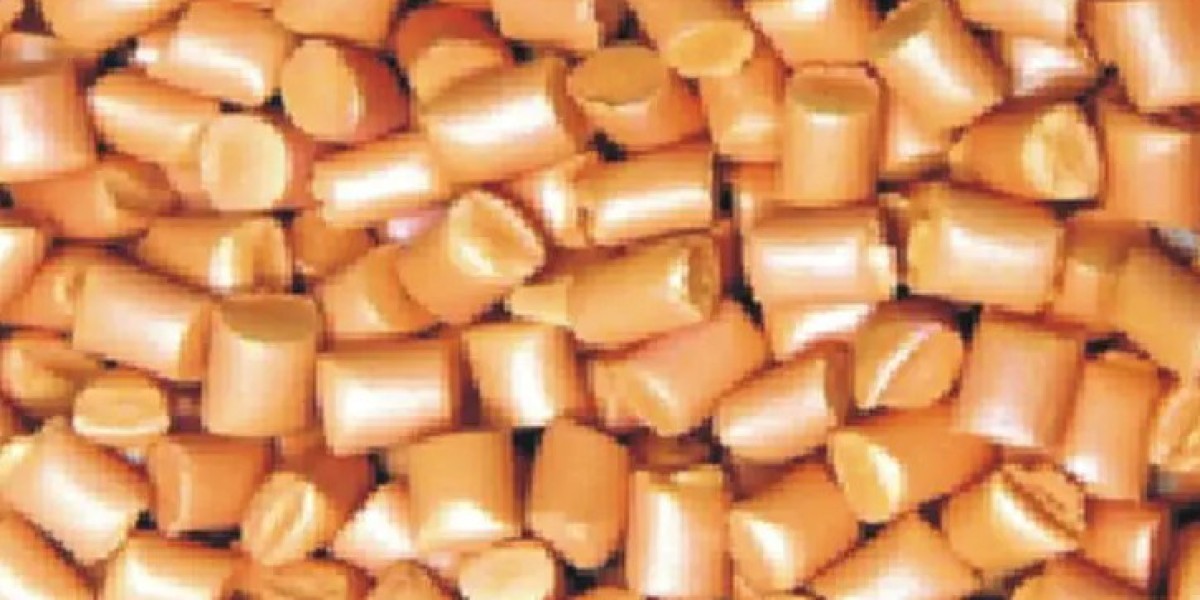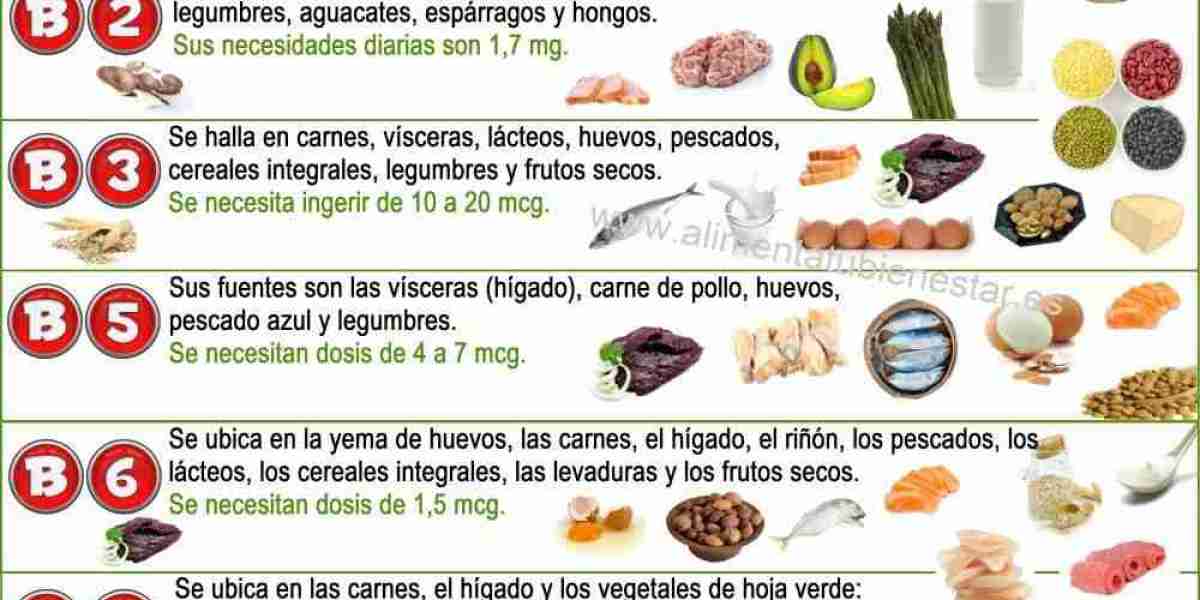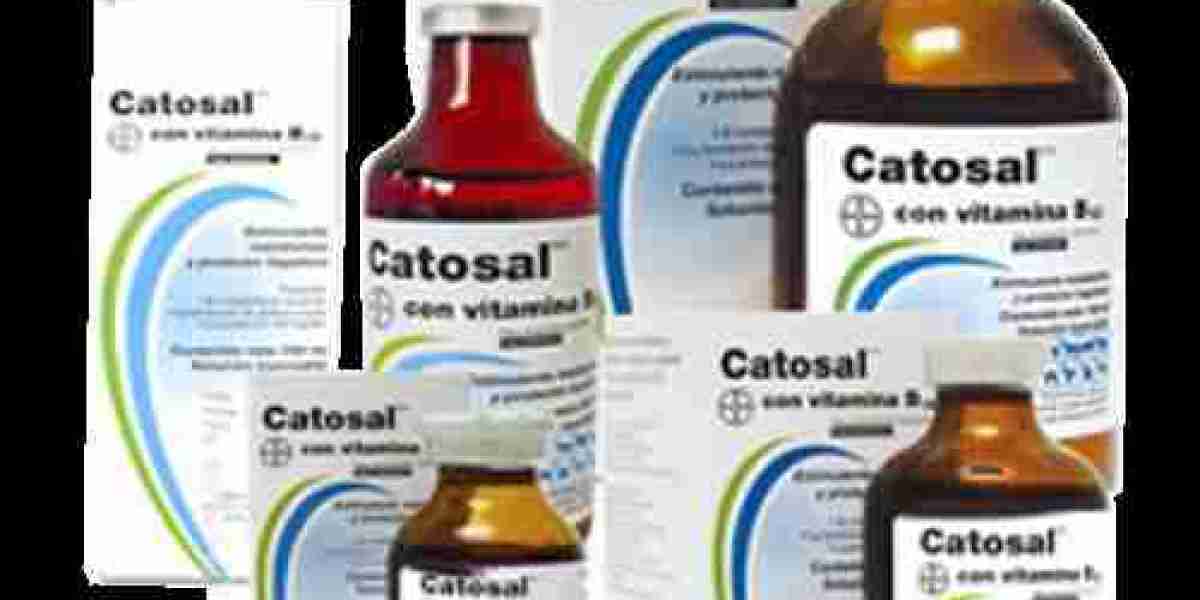The use of master batch in plastic production has become increasingly common due to the many advantages it offers both in terms of quality control and manufacturing efficiency. Master batches are concentrated mixtures of additives, colors, and polymers, which are incorporated into base resins to create customized plastic products. These concentrated additives are crucial in modifying the appearance, strength, and functional properties of the plastic, making them an essential component in various industries.
One of the main benefits of using master batches is the ability to achieve precise color control. For manufacturers, achieving consistent and uniform color in large batches of plastic products can be challenging. By using master batches, companies can ensure that the color of their products remains consistent across production runs. This is particularly important in industries such as packaging and consumer goods, where visual appeal is a key factor in attracting consumers.
In addition to color, master batches allow manufacturers to modify other critical properties of plastic products, such as UV resistance, flame retardancy, and impact strength. For example, plastics that will be exposed to outdoor conditions, such as garden furniture or automotive components, often require UV stabilizers to prevent fading or cracking. Similarly, plastics used in electrical components may require flame retardants to ensure safety. Master batches make it easier to incorporate these additives in the correct proportions, allowing for better performance and longevity of the final product.
Another significant benefit of using master batches is that they improve production efficiency. Instead of adding individual additives to the plastic resin during the manufacturing process, master batches simplify the process by pre-mixing the necessary ingredients. This not only saves time but also reduces the chances of errors during production. Since the additives are already blended into a uniform mixture, manufacturers can be confident that each product will have the intended properties without the need for additional adjustments.
Master batches also offer cost savings for manufacturers. By using a concentrated mixture of additives, companies can reduce the amount of material required to achieve the desired properties. This is especially beneficial in cases where expensive additives, such as UV stabilizers or flame retardants, are used. The ability to accurately control the amount of additive used helps manufacturers avoid unnecessary costs associated with overuse or wastage of materials.
Furthermore, master batches are available in a variety of formulations, allowing manufacturers to tailor the properties of their products to specific needs. Whether it’s improving the durability of packaging materials, enhancing the flexibility of automotive parts, or achieving a specific color for consumer products, master batches offer a flexible and effective solution for customization.
In conclusion, the use of master batches in plastic production offers numerous benefits, including precise color control, enhanced material properties, improved production efficiency, and cost savings. As industries continue to demand higher-quality and more customized plastic products, the use of master batches will remain an essential practice in modern manufacturing.



